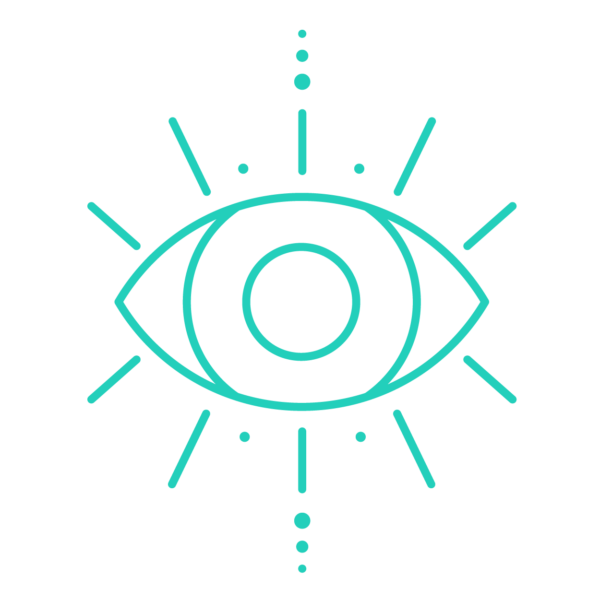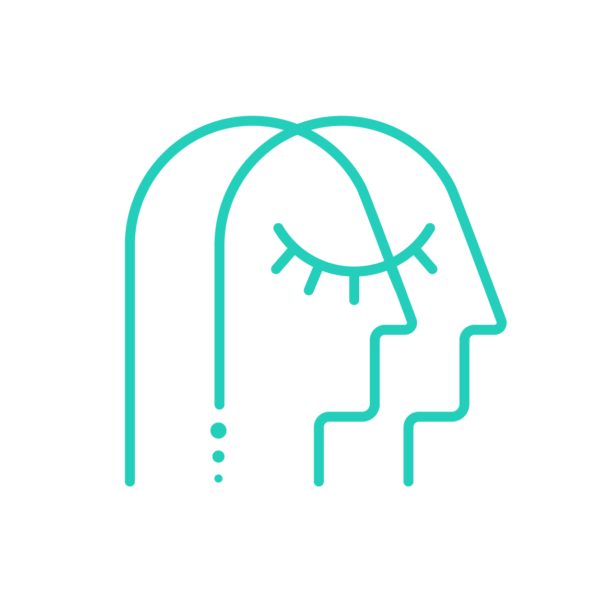




We’ve all heard power naps are great for rejuvenating the body and refreshing the mind, but how long should a power nap be for optimal results?

We’ve all heard power naps are great for rejuvenating the body and refreshing the mind, but how long should a power nap be for optimal results? What’s going on inside your brain while you take a power nap to begin with? This blog post will explore the science behind napping, sleep cycles, REM sleep, and why specific nap lengths are better than others.
So, whether you’re looking to improve your sleep quality or just wanting to know how long is ideal for a power nap, read on.
Usually shorter than a nap on a lazy Saturday afternoon, a power nap’s trademark difference lies within the intention to take it. Those who take power naps do so to sharpen their cognitive function. The scientifically sound association between power naps and their resultant heightened awareness, logical decision-making, and enhanced memory is undeniable. Cornell University social psychologist James Maas coined the term in his 1998 book, “Power Sleep.”
So, how long is a power nap? The optimal nap time for a power nap depends on what you want to achieve from the nap. For example, if you want to improve your alertness and cognitive function, the optimal length for a power nap is 20-30 minutes. This nap length will allow you to enter the first sleep stage, known as light sleep or NREM-I. During this sleep stage, your brainwave activity slows down, and your body starts to relax.
If you are looking for a longer nap that will improve your memory and creativity levels, then the optimal length for a power nap is 60 minutes. This nap length will allow you to enter the second stage of sleep, known as deep sleep or stage NREM-II. During this sleep stage, your body temperature decreases, and your heart rate slows down.
Have you ever wondered what is happening in your brain when you nap? When you nap, your brain goes through different sleep cycles. The first stage of your sleep cycle is light sleep. This is when you are in between being awake and asleep. After that, your eyes move slowly, and muscle activity decreases.
The second stage of your sleep cycle is deep sleep. This is when your breathing becomes regular, and your heart rate slows down. You will not be able to wake up quickly during deep sleep.
The third stage of your sleep cycle is REM sleep. This is when you dream. Again, your eyes move quickly because your brain is active.
The optimal nap time depends on what stage of sleep you are in. A short nap (20-30 minutes) will be most beneficial if you are in light sleep. A longer nap (60-90 minutes) will be most beneficial if you are in a deep sleep.
It’s relevant to take note of the length of time you sleep because napping for too long can leave you feeling groggy and disoriented. This is why it’s optimal to keep your nap short – 20-30 minutes – so that you can reap the benefits of a refreshed mindset without the adverse side effects of oversleeping.
The science behind why longer naps often leave you feeling worse can be explained by sleep cycles. When you sleep, you cycle through different stages of sleep: light sleep, deep sleep, and REM. Waking up in the middle of a deep sleep cycle can leave you feeling disoriented because your brain is not fully rested. To avoid this, waking up after a light sleep cycle is best. You will feel refreshed and alert after doing so.
One of the most common benefits of napping is improving your mood. One study found that people who took a nap were in a better mood and were more capable in dealing with frustration than those who did not take a nap. This is because napping, or even just lying down and resting, can reduce stress and fatigue.
Napping can also reduce stress. People who took a naps routinely show lower levels of the stress hormone cortisol than those who did not. This is because napping can help to restore your energy levels and improve your mood.
If you are feeling tired, a nap can be a great way to boost your energy levels. One study found that people who took a nap had higher levels of alertness and performance than those who did not take a nap. This is because naps help your brain recharge to feel more awake and alert.
Napping can also help your brain to learn. Naps can improve memory and help you to consolidate memories and store them for long-term recall. A study found that napping after learning a new task helped people to retain the information better than if they had stayed awake. During sleep, your brain “replays” the experience of learning a new task, which helps to embed the new memories.
Meditation has long been touted as an effective way to reduce stress and improve sleep. Healium takes the successes of sleep meditation to the next level by combining meditation with immersive new technologies like virtual reality and neurofeedback.
Neurofeedback is a type of biofeedback that uses sensors to monitor brain activity in real-time. When paired with meditation, users are granted agency over the electrical patterns in their brain. This powerful combination means users can actively work to self-drive improvement, decrease their stress levels, and even meditate to sleep.
For more information on how Healium works, check out the video below!
{“@context”:”https://schema.org”,”@type”:”FAQPage”,”mainEntity”:[{“@type”:”Question”,”name”:”How Long Should a Power Nap Be?”,”acceptedAnswer”:{“@type”:”Answer”,”text”:”he optimal nap time for a power nap depends on what you want to achieve from the nap. For example, if you want to improve your alertness and cognitive function, the optimal length for a power nap is 20-30 minutes. This nap length will allow you to enter the first sleep stage, known as light sleep or NREM-I. During this sleep stage, your brainwave activity slows down, and your body starts to relax.\n”}},{“@type”:”Question”,”name”:”Why Is Napping Good for You?”,”acceptedAnswer”:{“@type”:”Answer”,”text”:”Napping has been proven to improve your mood state, reduce stress levels, boost energy levels, and help facilitate better learning environments inside your brain.”}},{“@type”:”Question”,”name”:”How Can Healium Help?”,”acceptedAnswer”:{“@type”:”Answer”,”text”:”Healium takes the successes of sleep meditation to the next level by combining meditation with immersive new technologies like virtual reality and neurofeedback. \n\nNeurofeedback is a type of biofeedback that uses sensors to monitor brain activity in real-time. When paired with meditation, users are granted agency over the electrical patterns in their brain. This powerful combination means users can actively work to self-drive improvement, decrease their stress levels, and even meditate to sleep. “}}]}
Sarah Hill, a former interactive TV news journalist at NBC, ABC, and CBS affiliates in Missouri, gained recognition for pioneering interactive news broadcasting using Google Hangouts. She is now the CEO of Healium, the world’s first biometrically powered VR/AR channel, helping those with stress, anxiety, insomnia, and other struggles through biofeedback storytelling. With patents, clinical validation, and over seven million views, she has reshaped the landscape of immersive media.